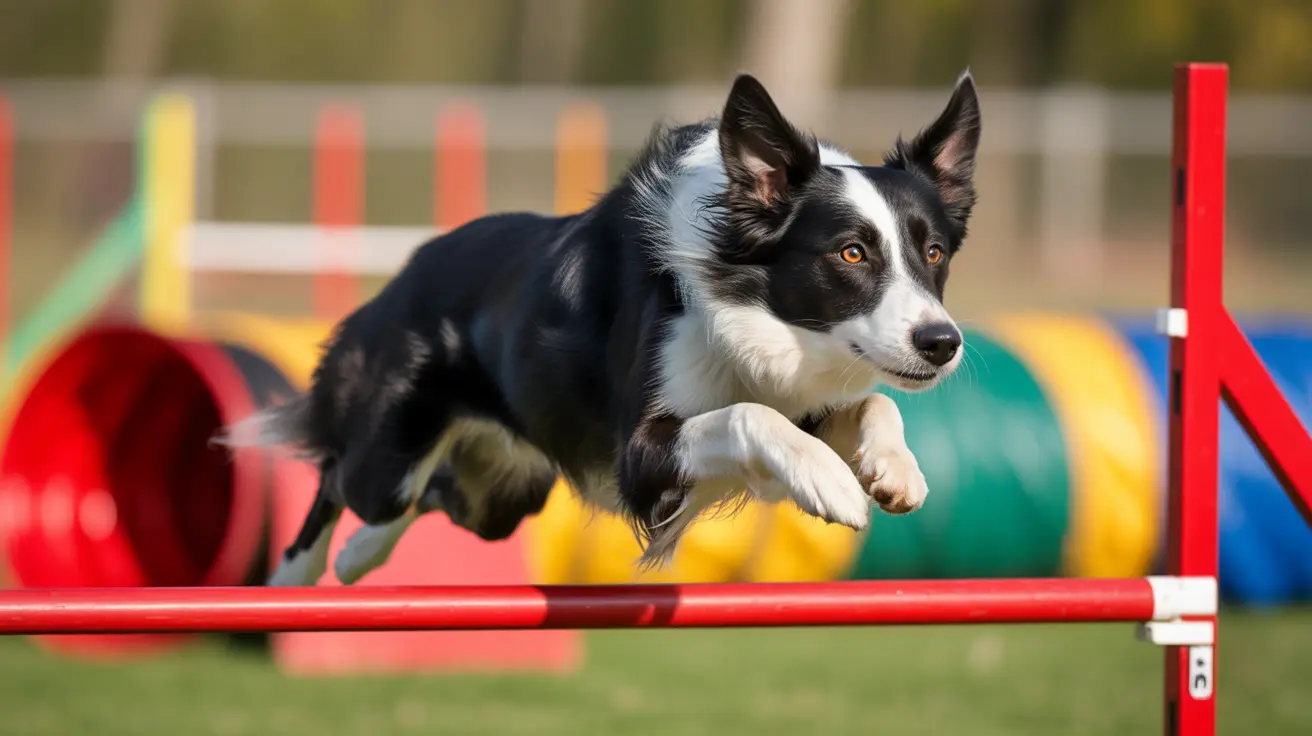Is It Safe to Mix Plain Yogurt with Dog Food?
Adding plain yogurt to your dog's food can be a healthy and delicious supplement—if done correctly. Yogurt provides numerous health benefits, but it must be introduced carefully and in moderation. This article explores the advantages and guidelines of mixing plain yogurt with dog food.
The Nutritional Benefits of Yogurt for Dogs
Plain yogurt—free of sweeteners and preservatives—offers several benefits:
- Calcium: Essential for strong bones and teeth.
- Protein: Supports muscle growth and tissue repair.
- Probiotics: Live beneficial bacteria that aid in digestion and immune health.
While yogurt can enhance your dog’s diet, it should never replace complete and balanced dog food.
Choosing the Right Type of Yogurt
To safely mix yogurt with dog food, choose the right kind:
- Plain or non-fat plain yogurt: No sweeteners, especially xylitol, which is toxic to dogs.
- Greek yogurt: Thicker, higher in protein, and lower in lactose and sugar.
- Lactose-free options: Suitable for dogs with lactose intolerance.
- Kefir: A fermented, drinkable yogurt-like option that may be easier to digest.
Avoid flavored yogurts, fruit mix-ins, chocolate varieties, or those containing artificial sweeteners.
Watch for Lactose Intolerance
Many adult dogs have difficulty digesting lactose. Introducing yogurt should be done gradually to monitor for signs of intolerance:
- Bloating or gas
- Diarrhea or vomiting
- Loss of appetite
If any of these symptoms occur, discontinue yogurt immediately and consult your veterinarian.
Dogs and Dairy Allergies
Some dogs may have dairy allergies, which are different from lactose intolerance. Symptoms may include:
- Itchy skin or redness
- Hair loss
- Frequent ear infections
- Nausea or breathing difficulties
If your dog shows signs of allergy, avoid all dairy products.
How Much Yogurt Can a Dog Have?
Yogurt should be an occasional treat, making up no more than 10% of your dog’s daily caloric intake. Serving guidelines:
- Small dogs: 1 teaspoon per day
- Medium dogs: 1–2 teaspoons per day
- Large dogs: Up to 3 teaspoons or 1–2 tablespoons per day, depending on weight
Adjust portion sizes based on your dog’s size, activity level, and overall health.
Safe Mixing Methods
Here are safe and creative ways to mix yogurt with your dog’s food:
- Add a spoonful of plain yogurt on top of their kibble
- Blend yogurt with safe fruits like pumpkin, banana, or blueberries
- Freeze small portions of plain yogurt in molds for a summer treat
Always read the label to confirm the yogurt contains no harmful ingredients.
Probiotics in Yogurt vs Supplements
Although yogurt contains probiotics, the quantity may be small in the amounts safe for dogs. In some cases, probiotic supplements—formulated for dogs—may be more effective in promoting gut health. Discuss options with your vet.
Cautions and When to Avoid Yogurt
Avoid giving yogurt to:
- Dogs with known dairy allergies
- Dogs with lactose intolerance
- Puppies under guidance, as they receive sufficient nutrition from their mother’s milk
Other dairy products like cheese or cottage cheese may be tolerated in small amounts but pose similar risks.
Conclusion
Mixing plain yogurt with dog food can be a safe and beneficial practice—as long as the yogurt is plain, unsweetened, and free from artificial additives. Always introduce it slowly and observe your dog’s reaction. Consult your vet, especially if your dog has dietary sensitivities or health conditions. Used properly, yogurt can be a tasty treat that supports your dog’s digestion and overall well-being.





